We have some catching up to do with our articles--our computer system has been having hiccups! This is the first of several that have already been published in the Napa Valley Register.
by Penny Pawl, UC Master Gardener of Napa County
Since the drought seems to be endless, I have been seeking more information about drought-tolerant plants. Good candidates are those native plants that have managed to thrive for eons in our region. Other good options include plants that do well in the areas around the Mediterranean Sea and in Australia. Such plants will often meet the requirements of drought tolerance.
California has a wonderful collection of native plants that fit most of our garden needs. Among them are the 80-plus species of manzanita (Arctostaphylos). The count varies depending on which book you're reading. Manzanitas range in size from ground covers to 20 feet tall. Some species are only found in one area, such as the rare natives of San Bruno Mountain in San Mateo County.
One species of manzanita growing on San Bruno Mountain is so rare that only two plants exist. It is the Pacific manzanita and the California Native Plant Society has placed it in its Inventory of Rare and Endangered Plants.
Most manzanitas like hot, dry summers and cold, damp winters. Two species growing around the Eastern Sierras tolerate temperatures down to 15°F.
Manzanita means little apple in Spanish. The plant was named for the red berries it produces after bloom. Birds and bears like the berries, which explains the plant's other common name: bearberry. The botanical name, Arctostaphylos, means bear grapes. The genus is a member of the heather family.
Plants start blooming in January and February. Unlike some native plants, manzanitas are not long lived. A lifespan of 25 to 50 years is normal.
These plants need good to excellent drainage and sunlight. Once established, they need infrequent water and no water at all in summer. When watering a manzanita, do not let the leaves get wet. They are prone to fungal diseases and should not be planted in soil rich in organic matter.
If you decide to include manzanitas in your landscape, study carefully what you want. Do you want a low-growing bush or a plant that will reach 20 feet in height? Also consider the drainage in the area where you are planting. Manzanita don't like wet roots.
Make sure larger trees do not shade them. I once had a beautiful manzanita in my landscape but an oak tree grew up beside it and shaded the poor plant out. I had to decide which one to keep.
Manzanitas were often used in folk medicine. A manzanita paste was used to treat poison oak. A cider made by mashing the berries and mixing with water was used to treat a number of illnesses. And the leaves were sometimes used for a toothbrush. The berries can be eaten ripe; if green, they will be sour.
Some manzanita will grow in the shade. Consult a garden book, a nursery person or an online resource to make sure you are picking a good candidate for shade. Plant labels can also guide you.
The book Gardening in Summer-Dry Climates by Nora Harlow has a large section on manzanitas. Another great book with information on manzanitas, including how to prune them, is The Drought-Defying California Garden by Greg Rubin and Lucy Warren. Sunset's Western Garden Book is also a good resource. All of these books list various types of manzanita and give descriptions.
I have never tried to propagate a manzanita, but I have read that root layering is the best way. Just select a low branch, clip the underbark a bit and use a stake to hold it down, touching the ground. Water occasionally and, with luck, it will eventually root and you will have a new plant.
Library Talk: UC Master Gardeners of Napa County will host a free talk via Zoom on Thursday, January 6, from 7 pm to 8 pm, on “Introduction to Espalier.” The espalier technique is a great way to grow fruit in limited space and makes care and harvesting easier. Learn how to plan, plant and maintain an espaliered fruit tree in your landscape. Register at http://ucanr.edu/2022JanEspalier.
Got Garden Questions? Contact our Help Desk. The team is working remotely so please submit your questions through our diagnosis form, sending any photos to mastergardeners@countyofnapa.org or leave a detailed message at 707- 253-4143. A Master Gardener will get back to you by phone or email.
For more information visit http://napamg.ucanr.edu or find us on Facebook or Instagram, UC Master Gardeners of Napa County.
Attached Images:
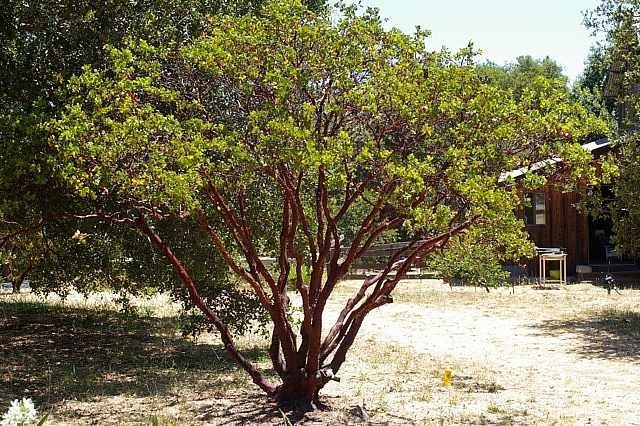
Common manzanita. (pinterest.com)
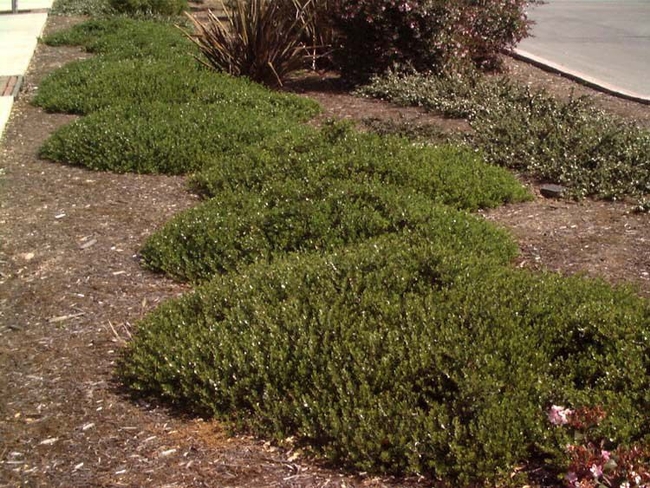
Low-growing manzanita, Arctostaphylos 'Emerald Carpet'. (pinterest.com)
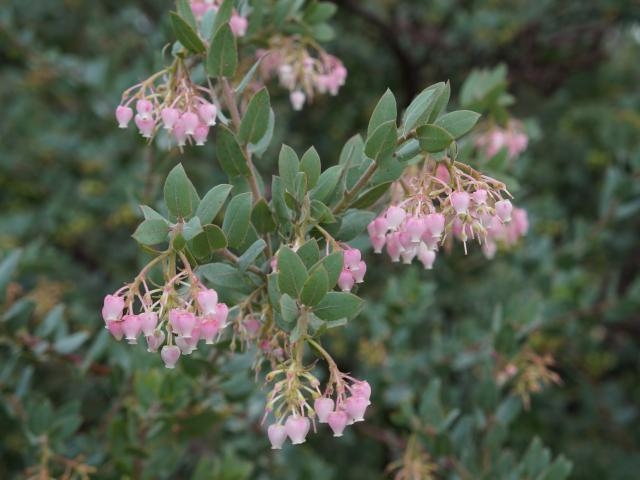
Another photo of manzanita blossoms. They are very tiny, and short-lived. (arboretum.ucdavis.edu)
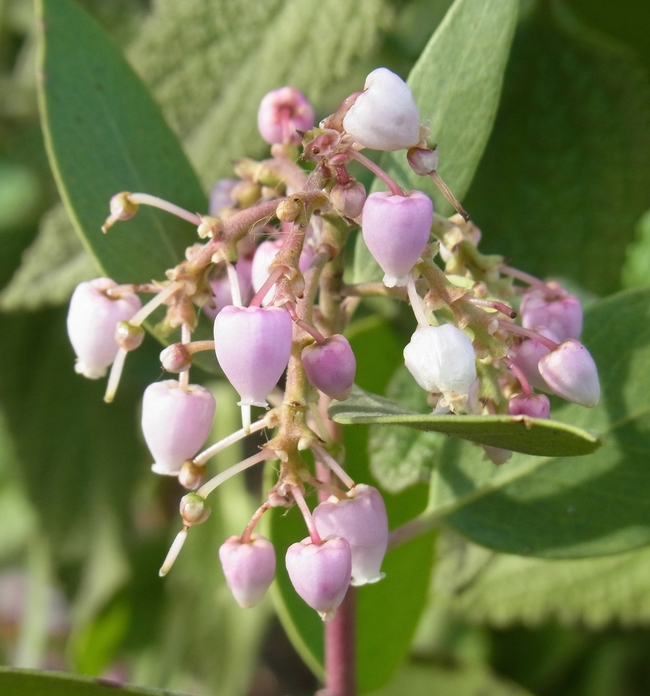
REALLY up-close photo of manzanita blossoms. Pretty, aren't they! (ucanr.edu)
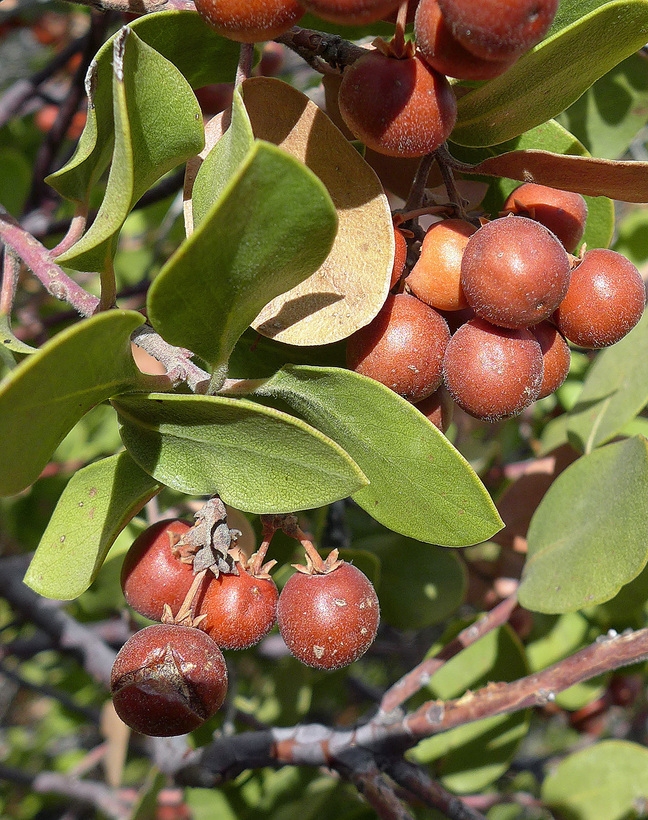
Manzanita berries. (calphotos.berkeley.edu)
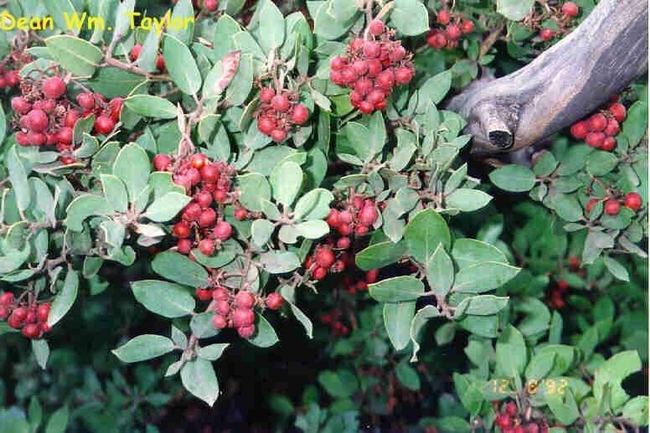
More manzanita berries. Birds love them. (pinterest.com)
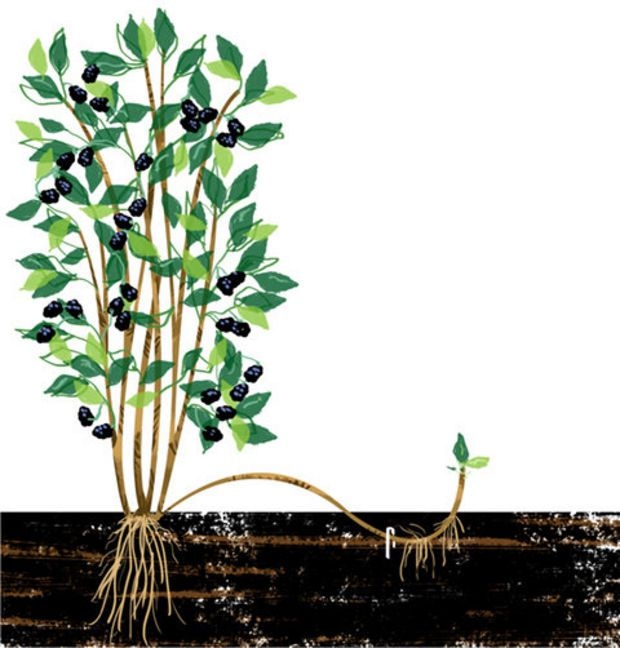
Propagation by layering. (pinterest.com)

Manzanita, shrub size. (etc.usf.edu)

Gardening in Summer Dry Climates

The Drought-Defying California Garden. (amazon.com)

Sunset Western Garden Book. (amazon.com)